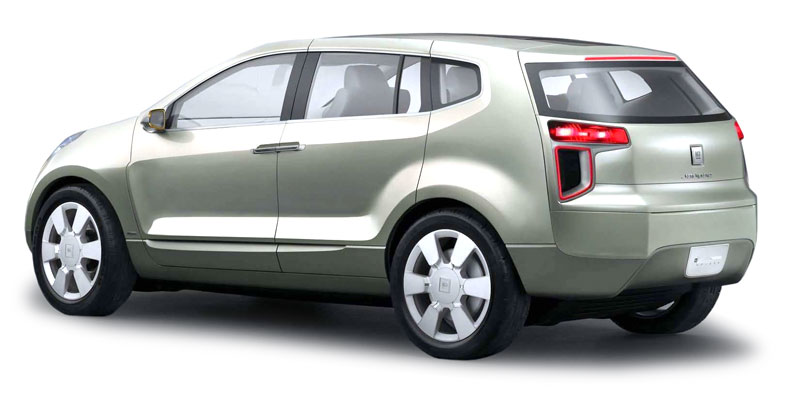Changes to the basic architecture of automobiles are rare. Until the skateboard chassis was invented, most passenger vehicles were made one of two ways: Body-on-frame packages the drivetrain, fuel tank, exhaust system and other parts on a steel frame with the vehicle body mounted on top. Starting in the late 1950s, automakers began high volume production on unibody vehicles, which contain hundreds of welded panels to make a complete body and chassis. The powertrain and other parts bolt up to the completed vehicle. The skateboard layout places the motors at the ends of the vehicle, usually between the wheels, and has a flat floor where the batteries are stored.

Unibody frame
» Underpins passenger car, crossover, minivans and a few light trucks, such as the Ford Maverick and Honda Ridgeline
» Advantages: Saves weight. Boosts fuel economy. Adds rigidity over body-on-frame. Increases interior space. Simplifies manufacturing.
» Disadvantages: Reduced towing capacity over body-on-frame. Less capable for driving off-road. Styling changes more expensive and complex. Because the body panels are welded in place, accident and rust repairs are more expensive
» Percentage of unibody frame frame type based on new-vehicle registrations in the U.S.
2020
2021

Body-on-frame
» Underpins most pickup trucks, SUVs and commercial vehicles.
» Advantages: Tows and hauls heavy loads. Higher ground clearance, greater suspension system movement and reduced flexing and bending during rigorous off-road driving. Enables faster styling changes.
» Disadvantages: Lower fuel economy. Rides higher than most passenger vehicles. Fewer energy absorbing crumple zones. Harsher ride on smooth pavement.
» Percentage of body-on-frame frame type based on new-vehicle registrations in the U.S.
2020
2021

Skateboard frame
» Underpins most of today's battery electric vehicles.
» Advantages: Low center of gravity improves handling. Dedicated space for battery pack in the floor creates more interior room. Easier for designers to add different body styles. All-wheel drive is easily added without altering the chassis. Electric motors can be placed in the front or rear axles or in both.
» Disadvantages: Reduced towing and hauling capability. Not as capable off-road. Repair costs. Accessibility of battery cells.
The Skateboard Rolls: A Timeline
2002

AUTOnomy
General Motors displays the AUTOnomy concept, a nonfunctional chassis designed to accept a hydrogen fuel cell, wheel hub motors and drive-by-wire technology. The 6-inch floor contains the fuel cell stack, hydrogen storage system and electronics. The AUTOnomy was designed for quick body changes.
2002

Hy-Wire
GM shows the Hy-Wire, a fully driveable version of the AUTOnomy concept.
2005

Sequel
GM shows the Chevrolet Sequel, a near-production-ready hydrogen-fueled electric vehicle riding on a further developed skateboard chassis.
2009

Model S
Tesla shows the Model S concept with a skateboard chassis containing 7,104 cylindrical cells. Model S sales begin 2012.
2010

Leaf
Nissan launches the Leaf 5-door electric hatchback. The batteries are mounted in the center of the vehicle under the floor, in a skateboard design.
2015

E-tron
Audi shows the E-tron concept vehicle with a skateboard chassis at the Frankfurt auto show. Sales of the production vehicle began in 2019.
2016

Bolt
Chevrolet launches the battery-electric Bolt hatchback on its BEV2 skateboard platform.
2018

I-Pace
Jaguar begins production of the I-Pace electric crossover, which rides on a skateboard chassis.
2018-present

Skateboards
Nearly all global automakers reveal plans for EVs, with most riding on skateboard chassis.
SOURCE: AutoNews




